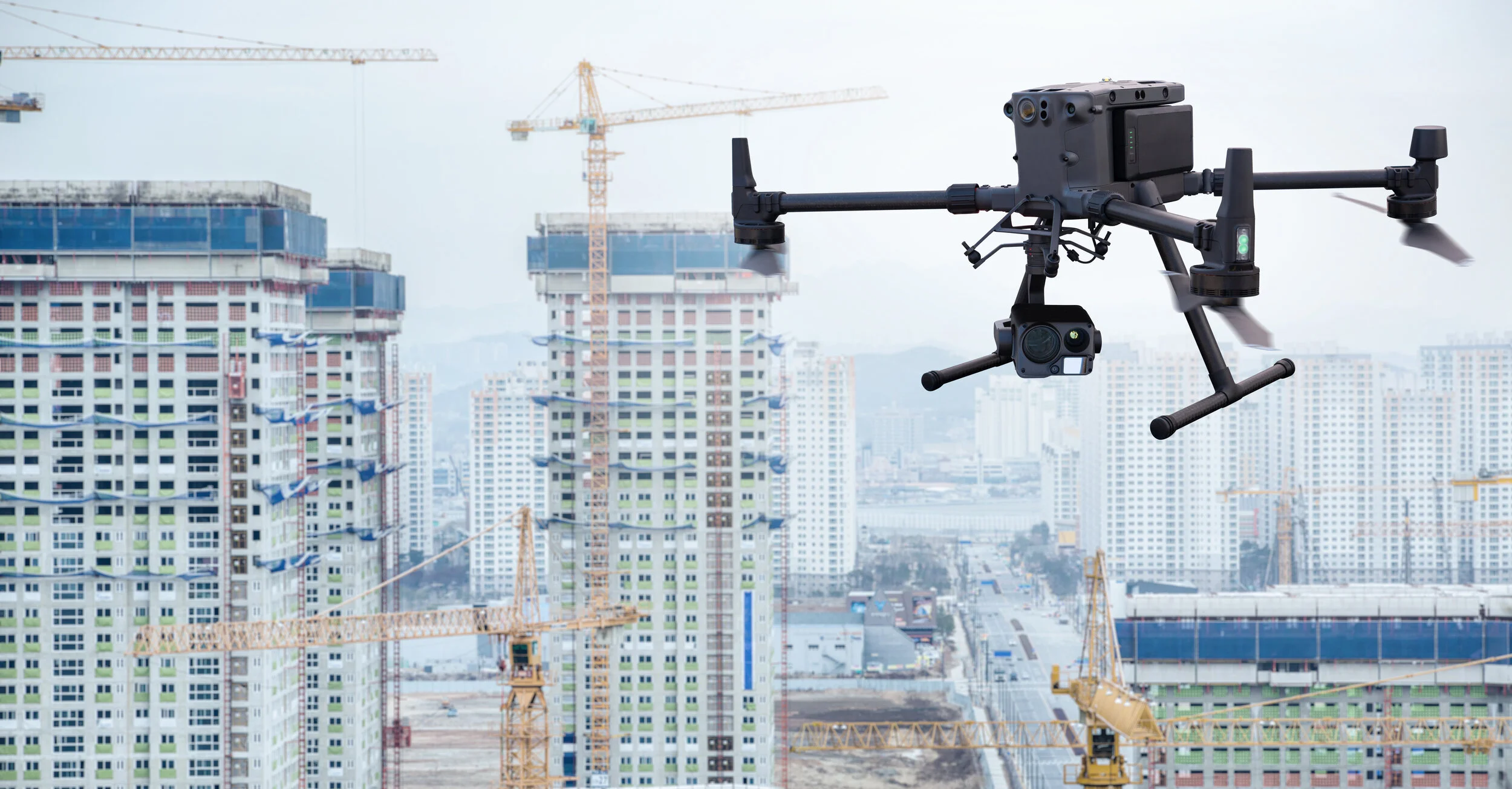LR and Avetics Global Pte Ltd have successfully conducted a close-up survey of an LNG Moss tank using Remote Inspection Techniques (RIT) by means of an unmanned aerial vehicle (UAV) also known as a ‘drone’. This milestone in use of RIT will pave the way for a safer, more efficient and low-cost method of surveying LNG Moss tanks.
By use of the camera mounted on the Avetics drone, the Avetics drone operators and LR class surveyors visually inspected the weld seams of the Moss tank for signs of cracks and structural deformation in just a few hours. This solution offers potential cost savings of up to 90% when compared to the traditional method of erecting scaffolding. Avetics were able to produce inspection images the same day, a process that would usually take weeks if scaffolding were used.
“We are delighted to have worked with Lloyd’s Register to conduct an LNG Moss tank survey using an unmanned aerial vehicle. We worked with LR to conduct prior trials which enhanced our drone techniques for use in an LNG Moss tank environment. In the trials, we found that a typical drone encountered signal interference in the Moss tank, so we had to engineer a tether solution to solve this; ‘said Zhang Weiliang, CEO and Founder at Avetics Global Pte Ltd. “Our next step is to use artificial intelligence to automatically detect defects or areas of interest for the surveyor in real- time, so we can further increase efficiency; ‘ he added.


























